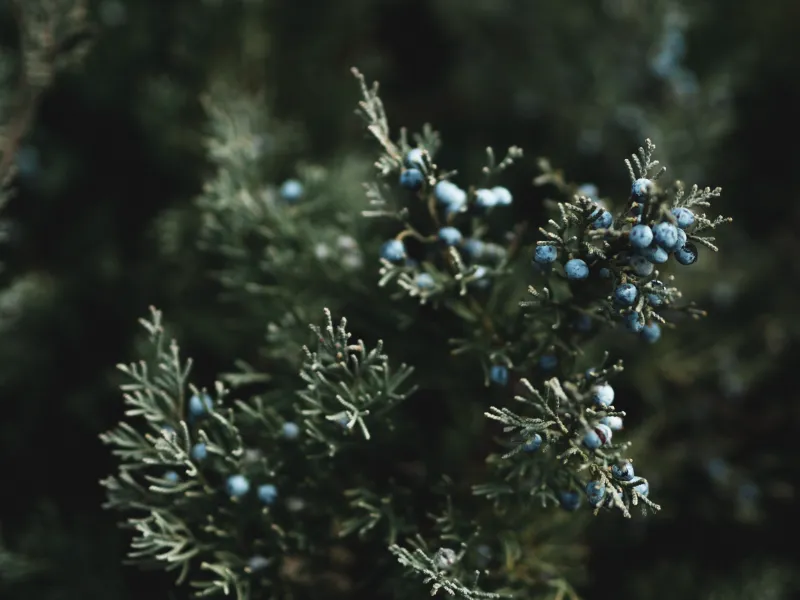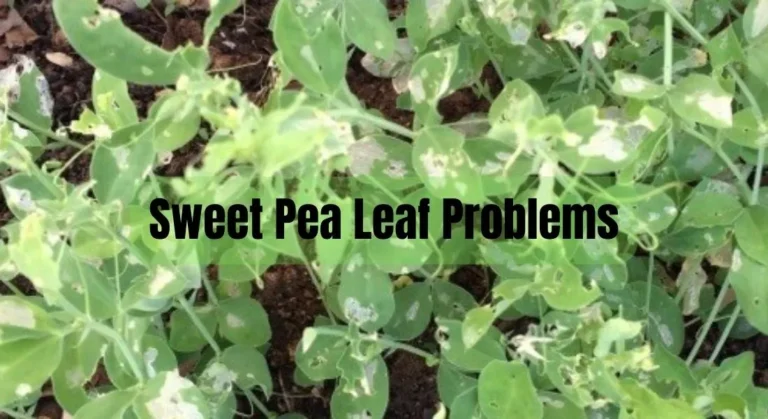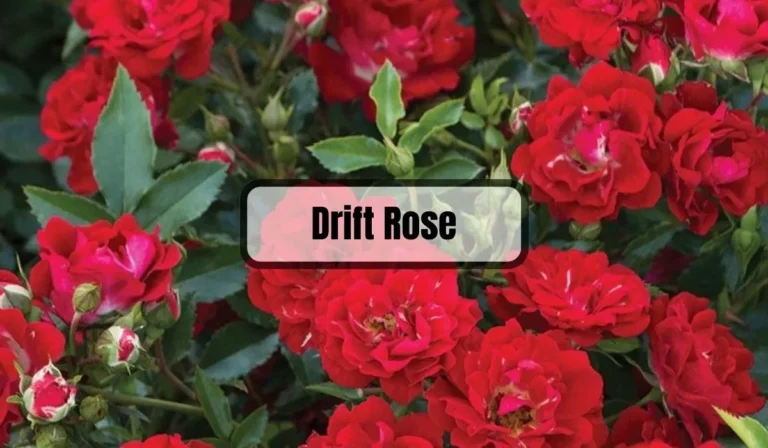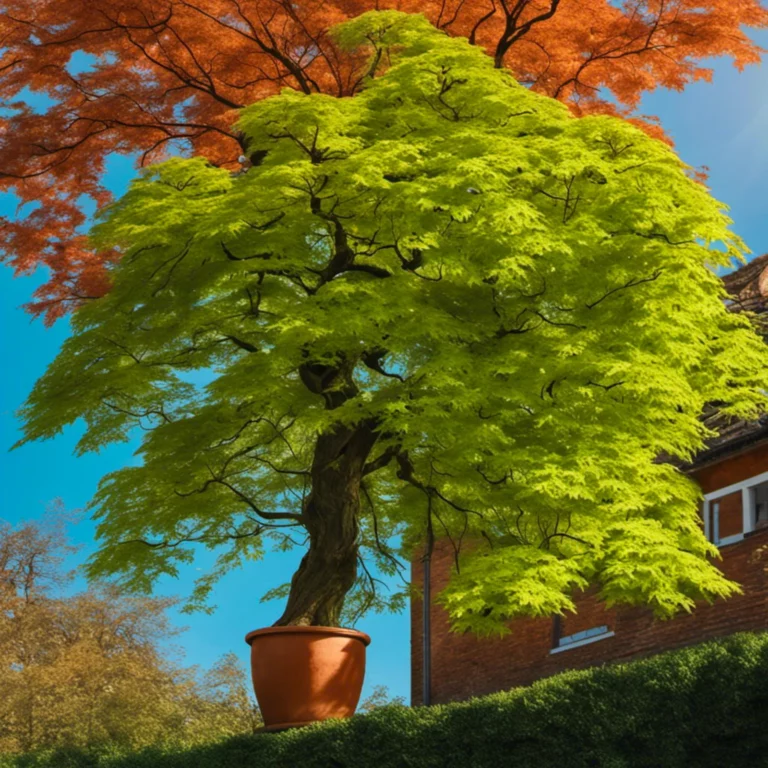Blue Star Juniper Problems: How to Fix Them (Ultimate Guide)
Are you a gardening enthusiast who loves low-maintenance landscaping? If so, you’ve probably heard of the Blue Star Juniper. This striking plant, with its beautiful blue foliage, is a popular choice for gardeners who want to add color and texture to their yards without much effort.
However, despite its hardiness, the Blue Star Juniper can still face problems that can affect its beauty. In this article, we’ll explore the most common issues that Blue Star Juniper owners face, including browning of the foliage and root rot, and provide tips on how to fix them.
So, keep reading to learn how to keep your Blue Star Juniper looking healthy and beautiful all year round!

Blue Star Juniper Problems
Blue Star Junipers are popular ornamental shrubs that are loved for their beautiful silvery-blue foliage. However, they are not immune to problems that can affect their health and appearance.
In this section, we will discuss the most common problems that Blue Star Junipers face, how to identify them, their causes, and how to prevent them.
Common Blue Star Juniper Problems
Blue Star Junipers are susceptible to a range of problems, including pests, diseases, and environmental stress. Here are some of the most common problems that you might encounter:
- Juniper Blight: This fungal disease causes browning of the needles, and the affected plant branches may begin to wilt and die. You can control juniper blight by pruning off the affected foliage and applying a fungicide.
- Twig Blight: This disease causes the needles to turn brown and fall off, and can eventually kill the entire plant. It is caused by a fungus that thrives in warm and humid conditions. You can prevent twig blight by keeping your garden clean, removing any infected plant debris, and applying a fungicide.
- Spider Mites: These tiny pests can cause the needles to turn brown and fall off, and can also cause webbing to appear on the plant. You can control spider mites by spraying the plant with a mixture of water and dish soap, or by using a miticide.
How to Identify Blue Star Juniper Problems
Identifying problems with your Blue Star Juniper is the first step in treating them. Here are some signs to look out for:
- Discolored needles: If the needles on your Blue Star Juniper are turning brown or yellow, it could be a sign of a problem.
- Wilting branches: If the branches on your Blue Star Juniper are wilting or drooping, it could be a sign of a fungal disease.
- Webbing: If you notice webbing on your Blue Star Juniper, it could be a sign of spider mites.
Causes of Blue Star Juniper Problems
Understanding the causes of problems with your Blue Star Juniper can help you prevent them from occurring in the first place. Here are some common causes of problems with Blue Star Junipers:
- Overwatering: Blue Star Junipers are susceptible to root rot if they are overwatered. Make sure to water your Blue Star Juniper only when the top inch of soil is dry to the touch.
- Poor Drainage: Blue Star Junipers need well-draining soil to thrive. If the soil around your Blue Star Juniper is heavy and clay-like, consider amending it with sand or perlite.
- Environmental Stress: Blue Star Junipers are sensitive to extreme temperatures and drought. Make sure to plant your Blue Star Juniper in a location that receives partial shade and water it regularly during hot and dry weather.
Preventing Blue Star Juniper Problems
Preventing problems with your Blue Star Juniper is much easier than treating them. Here are some tips to help you keep your Blue Star Juniper healthy and problem-free:
- Plant in the Right Location: Blue Star Junipers prefer well-draining soil and partial shade. Make sure to plant your Blue Star Juniper in a location that meets these requirements.
- Water Properly: Blue Star Junipers need to be watered regularly, but they don’t like to be overwatered. Water your Blue Star Juniper only when the top inch of soil is dry to the touch.
- Prune Regularly: Regular pruning can help keep your Blue Star Juniper healthy and free of pests and diseases. Make sure to prune off any affected foliage as soon as you notice it.
- Apply Fungicide: Applying a fungicide to your Blue Star Juniper can help prevent fungal diseases like juniper blight and twig blight. Make sure to follow the instructions on the label carefully.
FAQs
Are you having problems with your Blue Star Juniper? Don’t worry, you’re not alone. Here are some frequently asked questions and answers to help you address any issues you may be experiencing:
Why is my Blue Star Juniper turning brown?
There are a few reasons why your Blue Star Juniper may be turning brown. One of the most common reasons is winter burn, which occurs when the plant loses too much water through its needles during harsh winter weather and then the water is not replaced through the roots during periods of drought. This can result in brown, dead spots on the foliage. Another reason could be due to root rot, which can occur if the plant is overwatered or if the soil is not well-draining. If you suspect root rot, try adjusting your watering habits and ensure that the soil is well-draining.
How often should I water my Blue Star Juniper?
Blue Star Junipers are drought-tolerant plants, so they do not require frequent watering. In fact, overwatering can lead to root rot. It’s best to water deeply but infrequently, allowing the soil to dry out completely in between waterings. During the first year after planting, you may need to water more frequently to help establish the plant’s root system.
How do I prune my Blue Star Juniper?
Pruning your Blue Star Juniper is important to maintain its shape and size. It’s best to prune in the late winter or early spring before new growth begins. Start by removing any dead, damaged, or diseased branches. Then, use sharp pruning shears to trim back the tips of the remaining branches to your desired shape and size. Avoid cutting back into old wood, as this can damage the plant and lead to dieback.
How do I prevent pests and diseases from affecting my Blue Star Juniper?
Blue Star Junipers are relatively pest and disease resistant, but they can still be affected by certain issues. To prevent pests like spider mites and scale insects, keep your plant healthy and well-watered. If you do notice an infestation, treat it with an insecticidal soap or oil. To prevent diseases like root rot, ensure that your plant is planted in well-draining soil and avoid overwatering. If you do notice signs of disease, remove any affected branches and treat the plant with a fungicide if necessary.
Conclusion
In conclusion, if you are facing issues with your Blue Star Juniper, don’t worry, you are not alone. These beautiful evergreens can encounter a variety of problems, ranging from pests to diseases, and environmental factors. However, with some care and attention, many of these issues can be resolved.
To ensure the health of your Blue Star Juniper, it is important to keep an eye on it and regularly inspect it for any signs of trouble. If you catch any problems early on, it is much easier to address them before they become more serious.
Remember to provide your Blue Star Juniper with the appropriate growing conditions, including well-draining soil, adequate sunlight, and proper watering. Avoid overwatering, which can lead to root rot and other issues.
If you are facing pest problems, such as spider mites or scale insects, there are several natural remedies you can try, including neem oil and insecticidal soap. If you are dealing with a disease, such as needle blight or canker, it is important to remove infected branches and dispose of them properly to prevent the spread of the disease.
Overall, with proper care and attention, your Blue Star Juniper can thrive and bring beauty to your landscape for years to come. So don’t give up on your Blue Star Juniper just yet – with a little TLC, it can bounce back and continue to impress you with its striking blue-green color and compact shape.
Related Posts:






